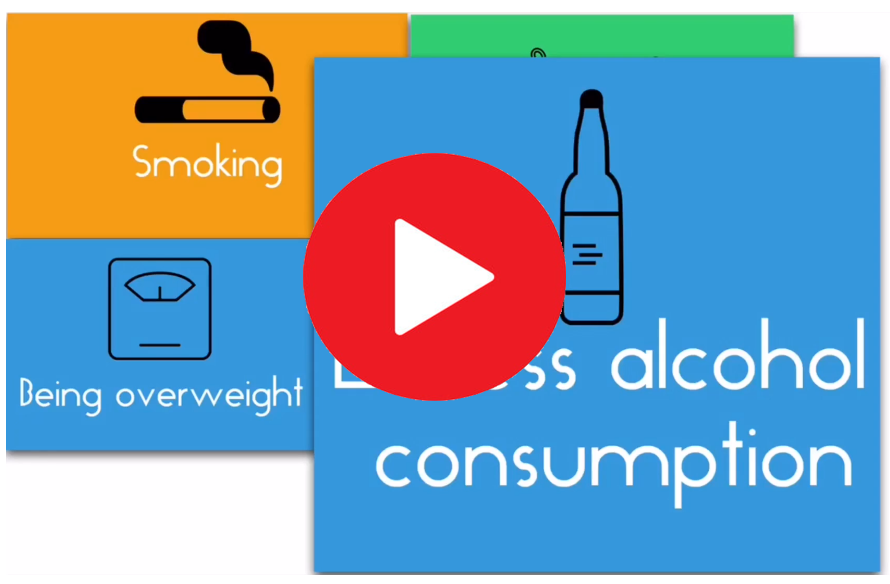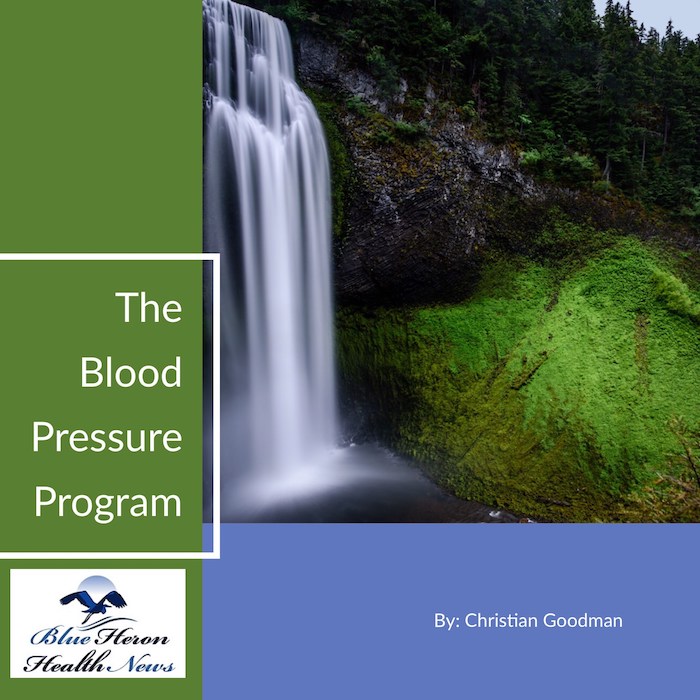The Bloodpressure Program™ By Christian Goodman The procedure is a very basic yet effective method to lessen the effects of high blood pressure. To some people, it sounds insane that just three workouts in a day can boost fitness levels and reduce blood pressure simultaneously. The knowledge and research gained in this blood pressure program were really impressive.
Blood Pressure and the Role of Aldosterone
Aldosterone, a steroid hormone produced by the adrenal cortex, plays a crucial role in regulating blood pressure and fluid balance in the body. Here’s an overview of how aldosterone functions and its impact on blood pressure:
1. Mechanism of Action
- Sodium Retention: Aldosterone promotes the reabsorption of sodium (Na+) in the kidneys, specifically in the distal convoluted tubule and the collecting ducts. Increased sodium reabsorption leads to:
- Water Retention: As sodium is retained, water follows osmotically, increasing blood volume and consequently raising blood pressure.
- Potassium Excretion: Aldosterone also stimulates the excretion of potassium (K+) in the urine, which helps maintain electrolyte balance in the body.
2. Regulation of Aldosterone Secretion
- Renin-Angiotensin-Aldosterone System (RAAS):
- Activation: Aldosterone secretion is primarily regulated by the RAAS. When blood pressure drops or there is reduced blood flow to the kidneys, the kidneys release renin. This initiates a cascade that converts angiotensinogen (from the liver) into angiotensin I, which is then converted into angiotensin II by the enzyme ACE (angiotensin-converting enzyme) in the lungs.
- Effects of Angiotensin II: Angiotensin II stimulates the adrenal glands to release aldosterone and also causes vasoconstriction, which further increases blood pressure.
- Other Stimuli: Factors such as elevated plasma potassium levels and certain hormones (like ACTH) can also stimulate aldosterone secretion.
3. Impact on Blood Pressure
- Hypertension: Excessive production of aldosterone can lead to a condition known as primary hyperaldosteronism (Conn’s syndrome), which is characterized by hypertension due to increased sodium retention and blood volume.
- Symptoms: Patients may experience high blood pressure, muscle weakness (due to low potassium levels), and fatigue.
- Secondary Hyperaldosteronism: Conditions such as heart failure, cirrhosis, or kidney disease can lead to increased aldosterone levels, resulting in secondary hypertension. In these cases, the body’s compensatory mechanisms attempt to increase blood flow and maintain blood pressure.
4. Aldosterone Antagonists
- Medications: Aldosterone antagonists (e.g., spironolactone, eplerenone) are commonly used in the treatment of hypertension and heart failure. They work by blocking the effects of aldosterone, leading to:
- Increased Sodium and Water Excretion: This results in decreased blood volume and lower blood pressure.
- Potassium Retention: These medications can help prevent hypokalemia (low potassium levels), which can occur with excessive aldosterone.
5. Clinical Implications
- Monitoring: Regular monitoring of blood pressure is essential for individuals at risk of or diagnosed with conditions affecting aldosterone levels.
- Lifestyle Modifications: Diet and exercise can influence blood pressure and aldosterone levels. A diet low in sodium and rich in potassium can help manage blood pressure effectively.
6. Conclusion
Aldosterone plays a critical role in regulating blood pressure through its effects on sodium and water retention. Excessive levels of aldosterone can lead to hypertension, while aldosterone antagonists can be effective treatments for managing high blood pressure. Understanding the role of aldosterone and the RAAS is essential for effective blood pressure management and overall cardiovascular health. If there are concerns regarding blood pressure or aldosterone levels, consulting a healthcare provider is crucial for proper evaluation and management.

The Bloodpressure Program™ By Christian Goodman The procedure is a very basic yet effective method to lessen the effects of high blood pressure. To some people, it sounds insane that just three workouts in a day can boost fitness levels and reduce blood pressure simultaneously. The knowledge and research gained in this blood pressure program were really impressive.
